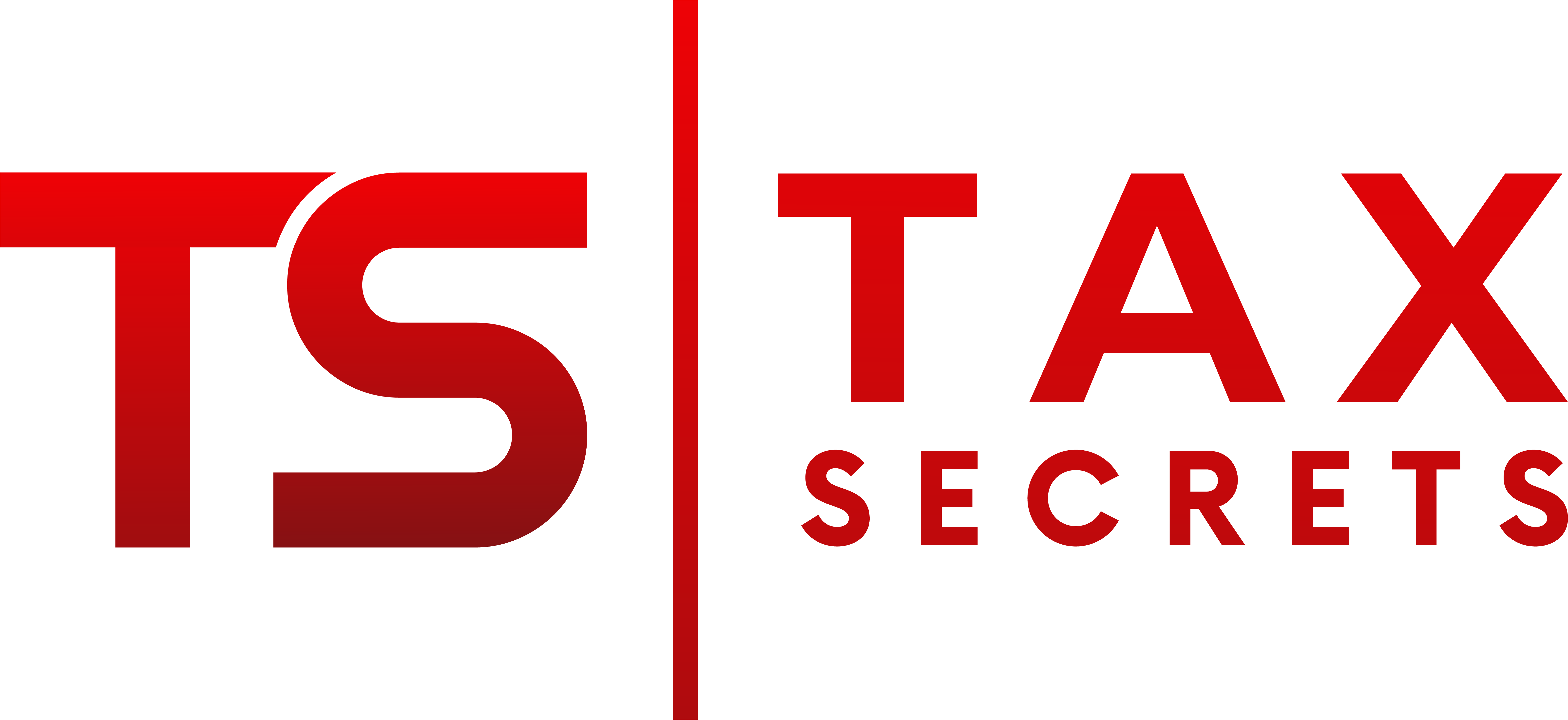What is Personal Income tax and How it affects you?
What is Personal Income tax? How does it affect you?
Individual income tax, or what is commonly called personal income tax, is money that the government takes from a person based on the money they make. This levy is placed on salaries, dividends from investments, wages, alimony, capital gains, social security benefits, and any other form of income in a household.
Personal income tax is the largest source of tax revenue in the US and is used to fund a variety of programs, such as social security, Medicare, National security, schools, and infrastructure, for example, roads and schools.
How does individual income tax work?
The US income tax system is made to be progressive, which means that your tax rate increases the more your income climbs. Generally, this is done by the state you live in and is subject to different conditions
As of 2020, 41 states and the District of Columbia imposed a wide range of individual income tax. Alaska, Florida, South Dakota, Texas, Washington, Wyoming, and Nevada do not carry any personal income tax. New Hampshire only taxes interests and dividends, while Tennessee taxes purely bond interests and stock dividends.
Why does it vary across states?
Buckle up, this is where it gets both interesting and complicated enough to need a calculator.
For most states, personal income tax rates are pretty standard and remain relatively flat even when using the graduated tax system. Hawaii has the most tax brackets and rates with 12, while Nine states go with the single tax rate on all personal income since it is less complicated. The top marginal rates range across different States, with California leading at 13.3% (They also include a 1% surcharge on income that is above $1M over there) and North Dakota lowest at 2.9%
Some states use a multiple bracket system, although the top tax bracket, in most cases, starts at a lower taxable income. A good example is Alabama, which has Three tax rates with the top tax bracket applying to any money earned that is over $3000. Other states, such as Arizona and Mississippi, have the difference between the highest and lowest personal tax rates being very low (as low as about two percentage points).
California and New York have specialized brackets for high-income earners, which are unofficially called the Millionaire’s tax. In 2004, California approved the addition of 1 percentage point to the rate which applied to incomes that exceed $1M. This was further increased in 2012. New York on the other hand has a top tax rate of 8.82% which applies to income that exceeds 1M.
There are five states and the District of Columbia that tax capital gains and losses. They do this using Federal tax laws, which taxes all realized capital gains (when you sell or exchange a capital asset for more than its basis) and allow a deduction of up to $3000 for net losses. An experienced tax preparer should be able to walk you through the deductions and exemptions. These may vary depending on the state.
What should work for you?
At Tax Secrets, we have experience in navigating the treacherous waters of the tax system. We know how to take advantage of deductions and credits to make sure you keep as much of your money as possible. You will not have to worry about understanding different complex tax statutes in your state, and you can even put that calculator away.

